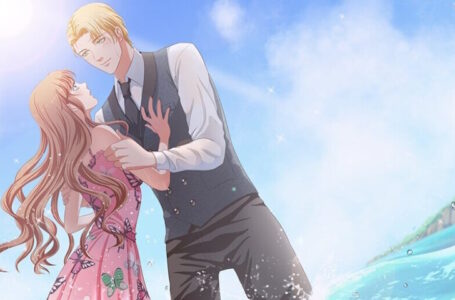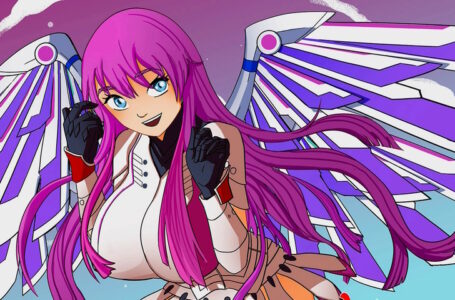The blood-red pixels of My Big Sister
My Big Sister is one of quite a few pixel art horror games that are out there today. I’m not sure exactly when a lo-fi pixel art aesthetic came to be associated with the horror genre, but I’ve always rather liked the juxtaposition between supposedly “primitive” visuals and the primal emotion that is fear.
We can probably trace the whole thing back to classic NES survival horror RPG Sweet Home, but it seems to have become particularly popular with the indie sphere in recent years, with titles such as Lone Survivor, Home and various rereleases of Corpse Party all fully embracing the “retro horror” aesthetic.
My Big Sister, a Japanese-inspired pixel art horror adventure for all the current major platforms, follows this mould, but does a few interesting things all of its own. So let’s take a step into the darkness and see what’s going on!
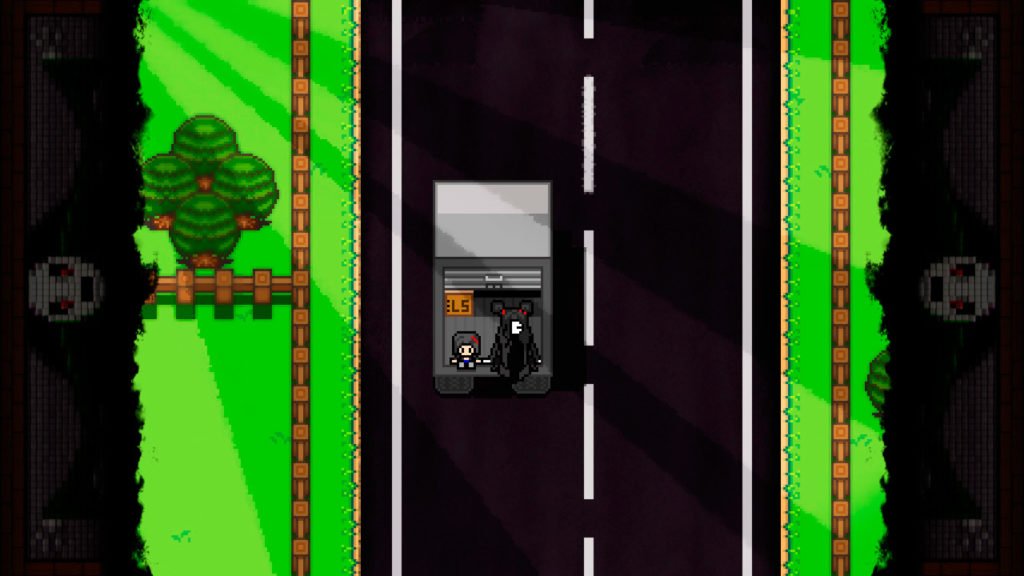
My Big Sister is the work of a one-man development team called Stranga Games, also known as Nathan to his close friends. According to his itch.io page, Stranga’s ambition is simply “to develop fun games” — and particularly those with a Super NES or Game Boy-style aesthetic. He’s put out several games to date, with another known as Ashina the Red Witch on the way, and each of them make use of a very appealing lo-fi pixel art look. Not only that, but while Stranga’s games tend to resemble top-down RPGs, they’re actually more traditional graphic adventure games.
In My Big Sister, you take on the role of Luzia, a twelve-year old girl with an awful lot of sass about her. Luzia has a bit of a love-hate relationship with her sister Sombria; Sombria is older, has a boyfriend and smokes, but also generally acts as a surrogate mother for Luzia since, at the outset of the game, we’re led to believe that their actual mother is perpetually absent.
Despite Luzia being the playable protagonist, Luzia herself claims in the game’s promotional blurb that the game is not about her, but rather is about her sister. This isn’t quite true, since the narrative as a whole most certainly concerns the pair of them, but it’s fair to say that for a considerable part of the game, Sombria is the one left holding the excrement-encrusted end of the tree branch.
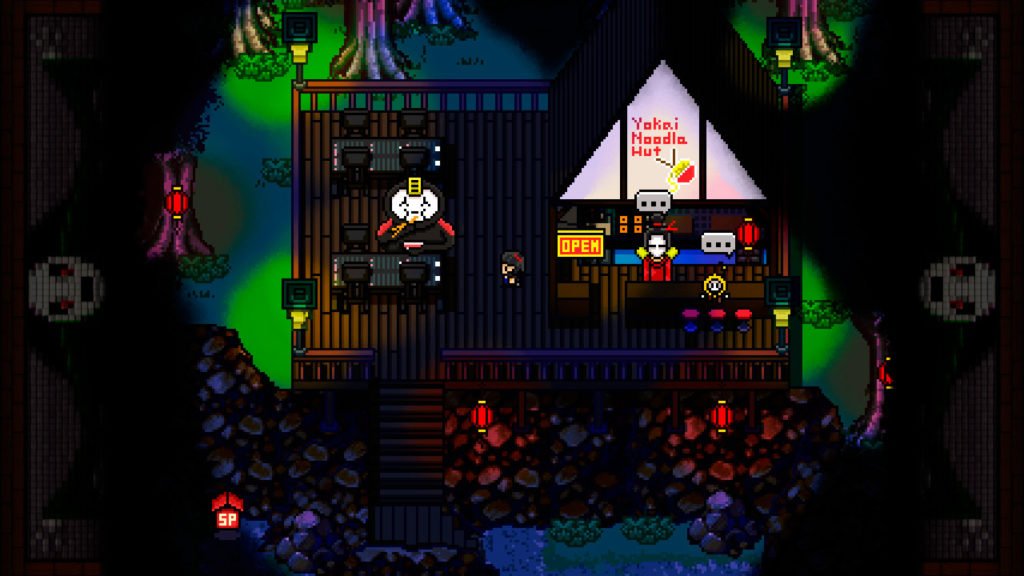
The pair of them get kidnapped early in the game, you see, and Sombria ends up having her body stolen. Except something goes wrong with the ritual, and rather than simply ending up possessed by the witch that was trying to steal her body, she instead turns into a youkai — which, as regular readers will know, is the Japanese generic term for some sort of supernatural being.
In Sombria’s case, she’s still vaguely recognisable as Sombria, but her face has become very pale and she’s developed extremely long arms. She is, unsurprisingly, not all that happy about this, so the majority of the game’s narrative concerns Luzia and Sombria attempting to find a way to break this curse and return Sombria to normal. Is it possible? Well, I won’t spoil that side of things — at least partly because there are six very different endings to the whole experience — but suffice to say the girls find themselves confronting a variety of challenges along the way.
The game is split into a series of discrete, self-contained chapters. In each of these, you have a few locations that you’re able to visit, and your inventory generally resets completely. This means that you can pretty much always rely on the items you find within that chapter being useful somewhere — though there are also some items whose use is completely optional, typically being tied to missable scenes and achievements or trophies on those platforms that support them.
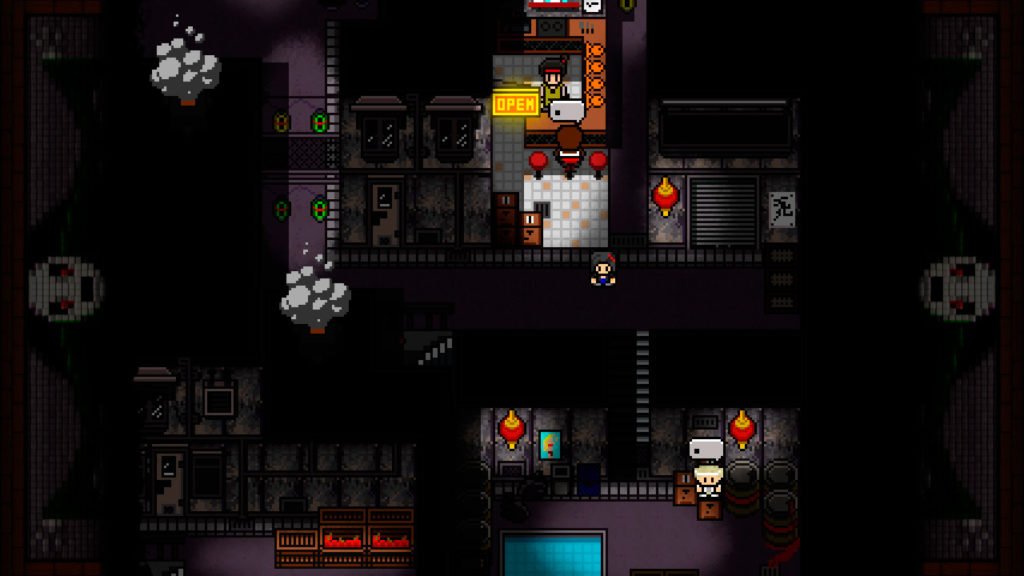
None of the puzzles are super-complicated — generally they’re all of the “use X on Y” variety — but in a few cases they depend on you being observant about the environment, and curious enough to examine seemingly innocuous pieces of scenery up close. The game is good enough to provide an exclamation mark prompt over Luzia’s head when she is standing next to something she can interact with, though, so “golden age of adventure” pixel-hunting is thankfully kept to a minimum.
The atmosphere of the game is really interesting. While it’s definitely a horror game and there are lots of gruesome scenes — albeit presented in low-resolution pixel art — you’re encouraged to kind of take things in your stride a bit, since Luzia does. Sombria emphatically does not, however, so a significant proportion of the narrative tends to concern Luzia having to get things done even as Sombria’s new-found supernatural status would make her much more capable.
There’s a certain “fever dream” aspect to the whole thing, too. Occasionally, a subsequent chapter will appear to be a complete non-sequitur to what happened previously, and at other times things that initially appear to be fairly normal — such as a train journey, for example — end up having a rather sinister twist to them.
At no point does the game resort to jump scares, however; all of the “horror” aspect of the game comes from slightly unsettling things that become all the more unsettling the more you think about them. That and one particularly upsetting time-limited sequence that kind of steps a little into metafiction territory!
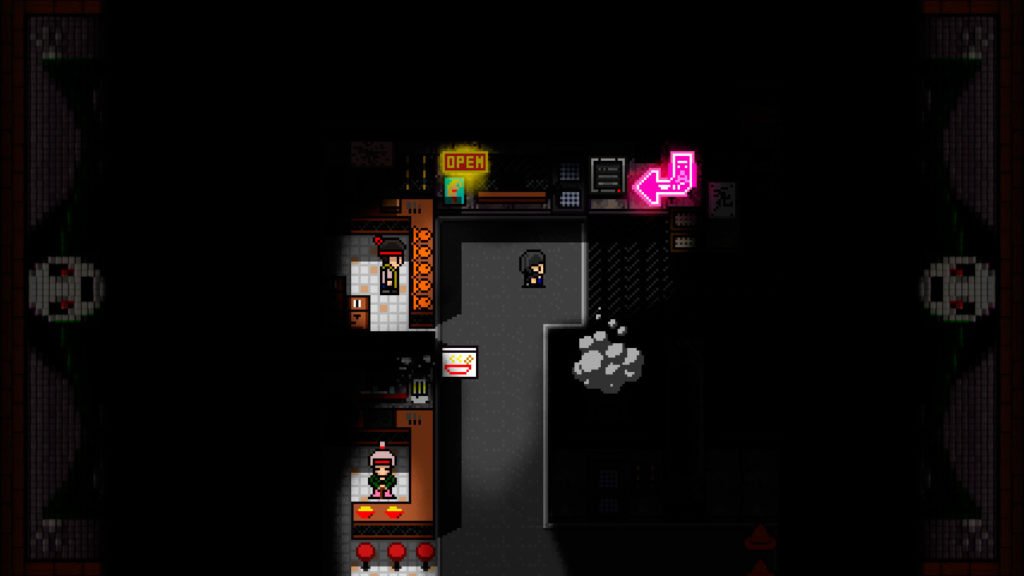
And that goes for the various endings to the game, too. One could argue that none of them provide a completely “definitive” explanation to what you have just witnessed — but for me, that’s the beauty of a good horror game. It leaves you thinking; it leaves you asking questions; it leaves you wondering which of the possible conclusions was the “right” one — if any!
I especially like how many of the endings are triggered simply by you experimenting in the final chapter and seeing what, exactly, it is possible for you to do. To give just one example, two completely different endings occur based on where a character is standing when they smoke a cigarette; another is based on attempting to perform an action that seems like it should be completely unconscionable; and what is arguably the “true” (or at least “best”?) ending stems from paying careful attention to a seemingly throwaway clue in the introductory monologue that kicks off the final scene.
You could probably pick holes in My Big Sister’s narrative if you were inclined to, but part of the point of the game as a whole is that it’s supposed to feel like a jumbled, disjointed dream that doesn’t entirely make sense. This might sound like making excuses — but to be honest, it really works in this game’s favour. It’s not supposed to make complete sense, and you’re supposed to be left with questions and different interpretations of what you’ve just witnessed.
I really liked My Big Sister; it was an enjoyable, thought-provoking, short-form game that really hit the spot when I was in the mood for something a bit different from the other games I’ve been tackling. It has a distinctive atmosphere, a lovely aesthetic, some wonderful writing and characterisation and a really pleasant blend of horror and light-heartedness. And I suspect if you try it for yourself you, like me, will find yourself very interested in exploring the rest of Stranga’s catalogue!
Join The Discussion
Rice Digital Discord
Rice Digital Twitter
Rice Digital Facebook
Or write us a letter for the Rice Digital Friday Letters Page by clicking here!
Disclosure: Some links in this article may be affiliate links, which means we may earn a small commission if you make a purchase after clicking on them. This is at no additional cost to you and helps support Rice Digital!
- Letter from the Editor: passing the torch - June 30, 2023
- Super Woden GP 2 is looking promising - June 30, 2023
- Inti Creates is making a 32 bit-style Love Live action platformer - June 26, 2023





